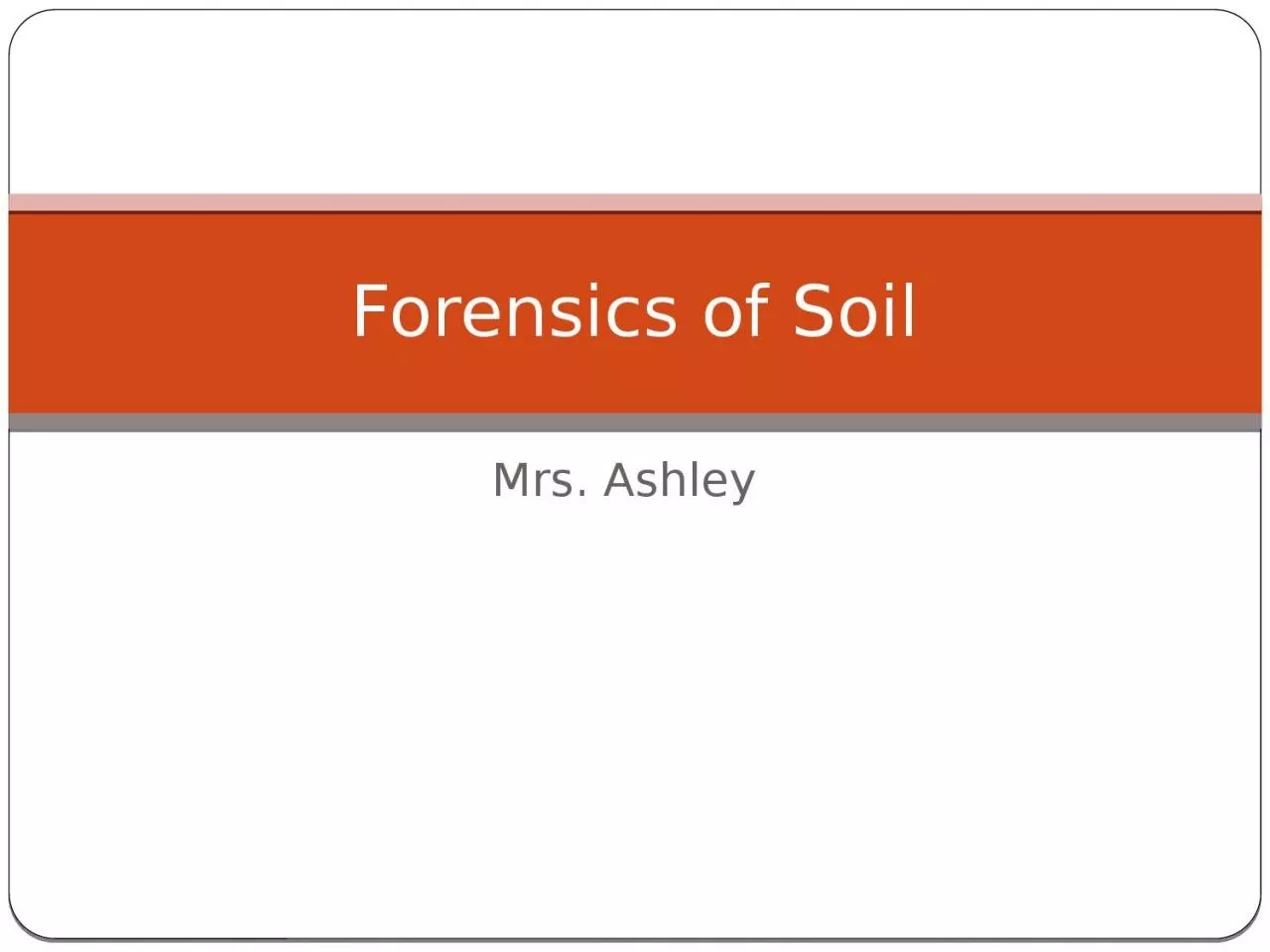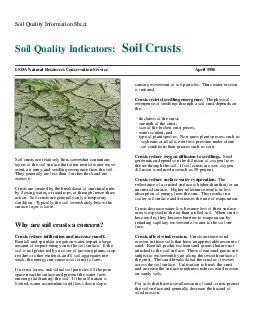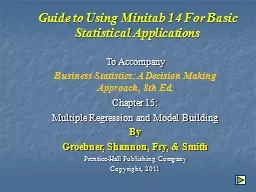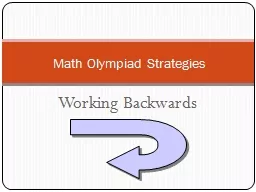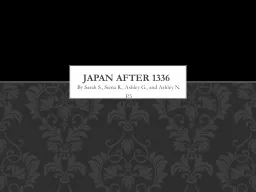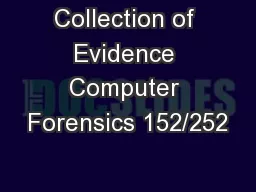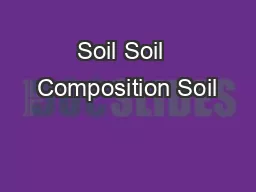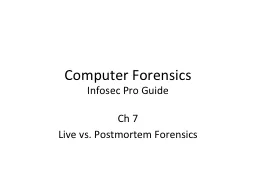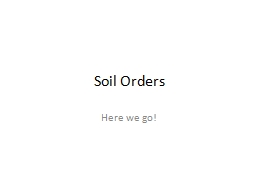PPT-Mrs. Ashley Forensics of Soil
Author : joy | Published Date : 2023-10-28
Soil Composition Soils are made of four main components mineral matter 40 60 soil water 20 50 soil air 0 40 The soil pore space is filled either by soil water
Presentation Embed Code
Download Presentation
Download Presentation The PPT/PDF document "Mrs. Ashley Forensics of Soil" is the property of its rightful owner. Permission is granted to download and print the materials on this website for personal, non-commercial use only, and to display it on your personal computer provided you do not modify the materials and that you retain all copyright notices contained in the materials. By downloading content from our website, you accept the terms of this agreement.
Mrs. Ashley Forensics of Soil: Transcript
Download Rules Of Document
"Mrs. Ashley Forensics of Soil"The content belongs to its owner. You may download and print it for personal use, without modification, and keep all copyright notices. By downloading, you agree to these terms.
Related Documents

